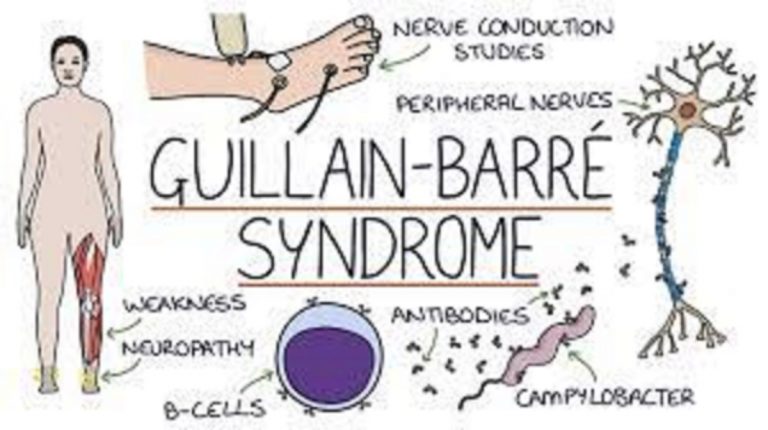
Researchers of the University of Bern, Switzerland, showed that we can acquire the vocabulary of a new language during distinct phases of slow-wave sleep and that the sleep-learned vocabulary could be retrieved unconsciously following waking. Memory formation appeared to be mediated by the same brain structures that also mediate wake vocabulary learning.
Sleeping time is sometimes considered unproductive time. This raises the question whether the time spent asleep could be used more productively – e.g. for learning a new language? To date sleep research focused on the stabilization and strengthening (consolidation) of memories that had been formed during preceding wakefulness. However, learning during sleep has rarely been examined. There is considerable evidence for wake-learned information undergoing a recapitulation by replay in the sleeping brain. The replay during sleep strengthens the still fragile memory traces und embeds the newly acquired information in the preexisting store of knowledge.
If re-play during sleep improves the storage of wake-learned information, then first-play – i.e., the initial processing of new information – should also be feasible during sleep, potentially carving out a memory trace that lasts into wakefulness. This was the research question of Katharina Henke, Marc Züst und Simon Ruch of the Institute of Psychology and of the Interfaculty Research Cooperation “Decoding Sleep” at the University of Bern, Switzerland. These investigators now showed for the first time that new foreign words and their translation words could be associated during a midday nap with associations stored into wakefulness. Following waking, participants could reactivate the sleep-formed associations to access word meanings when represented with the formerly sleep-played foreign words. The hippocampus, a brain structure essential for wake associative learning, also supported the retrieval of sleep-formed associations. The results of this experiment are published open access in the scientific journal “Current Biology”.
The brain cells’ active states are central for sleep-learning
The research group of Katharina Henke examined whether a sleeping person is able to form new semantic associations between played foreign words and translation words during the brain cells’ active states, the so-called “Up-states”. When we reach deep sleep stages, our brain cells progressively coordinate their activity. During deep sleep, the brain cells are commonly active for a brief period of time before they jointly enter into a state of brief inactivity. The active state is called “Up-state” and the inactive state “Down-state”. The two states alternate about every half-second.
Semantic associations between sleep-played words of an artificial language and their German translations words were only encoded and stored, if the second word of a pair was repeatedly (2, 3 or 4 times) played during an Up-state. E.g., when a sleeping person heard the word pairs “tofer = key” and “guga = elephant”, then after waking they were able to categorize with a better-than-chance accuracy whether the sleep-played foreign words denominated something large (“Guga”) or small (“Tofer”). “It was interesting that language areas of the brain and the hippocampus – the brain’s essential memory hub – were activated during the wake retrieval of sleep-learned vocabulary because these brain structures normally mediate wake learning of new vocabulary”, says Marc Züst, co-first-author of this paper. “These brain structures appear to mediate memory formation independently of the prevailing state of consciousness – unconscious during deep sleep, conscious during wakefulness”.
Memory formation does not require consciousness
Besides its practical relevance, this new evidence for sleep-learning challenges current theories of sleep and theories of memory. The notion of sleep as an encapsulated mental state, in which we are detached from the physical environment is no longer tenable. “We could disprove that sophisticated learning be impossible during deep sleep”, says Simon Ruch, co-first-author. The current results underscore a new theoretical notion of the relationship between memory and consciousness that Katharina Henke published in 2010 (Nature Reviews Neuroscience). “In how far and with what consequences deep sleep can be utilized for the acquisition of new information will be a topic of research in upcoming years”, says Katharina Henke.
Decoding sleep
The research group of Katharina Henke is part of the Interfaculty Research Cooperation “Decoding Sleep: From Neurons to Health & Mind” (IRC). Decoding Sleep is a large, interdisciplinary research project that is financed by the University of Bern, Switzerland. Thirteen research groups in medicine, biology, psychology, and informatics are part of the IRC. The aim of these research groups is to gain a better understanding of the mechanisms involved in sleep, consciousness, and cognition.
The reported study was carried out in collaboration with Roland Wiest who is affiliated with the Support Center for Advanced Neuroimaging (SCAN) at the Institute of Diagnostic and Interventional Neuroradiology, Inselspital, University of Bern.
Both research groups also belong to the BENESCO consortium, which consists of 22 interdisciplinary research groups specialized in sleep medicine, epilepsy and research on altered states of consciousness.
Publications:Marc Alain Züst, Simon Ruch, Roland Wiest, and Katharina Henke: Implicit Vocabulary Learning during Sleep Is Bound to Slow-Wave Peaks. Current Biology, Vol. 29, Issue 4, doi: 10.1016/j.cub.2018.12.038, https://www.cell.com/current-biology/fulltext/S0960-9822(18)31672-5 Katharina Henke: A model for memory systems based on processing modes rather than consciousness, Nature Reviews Neuroscience, 11, 9. Juni 2010, https://doi.org/10.1038/nrn2850 |
2019/01/31








